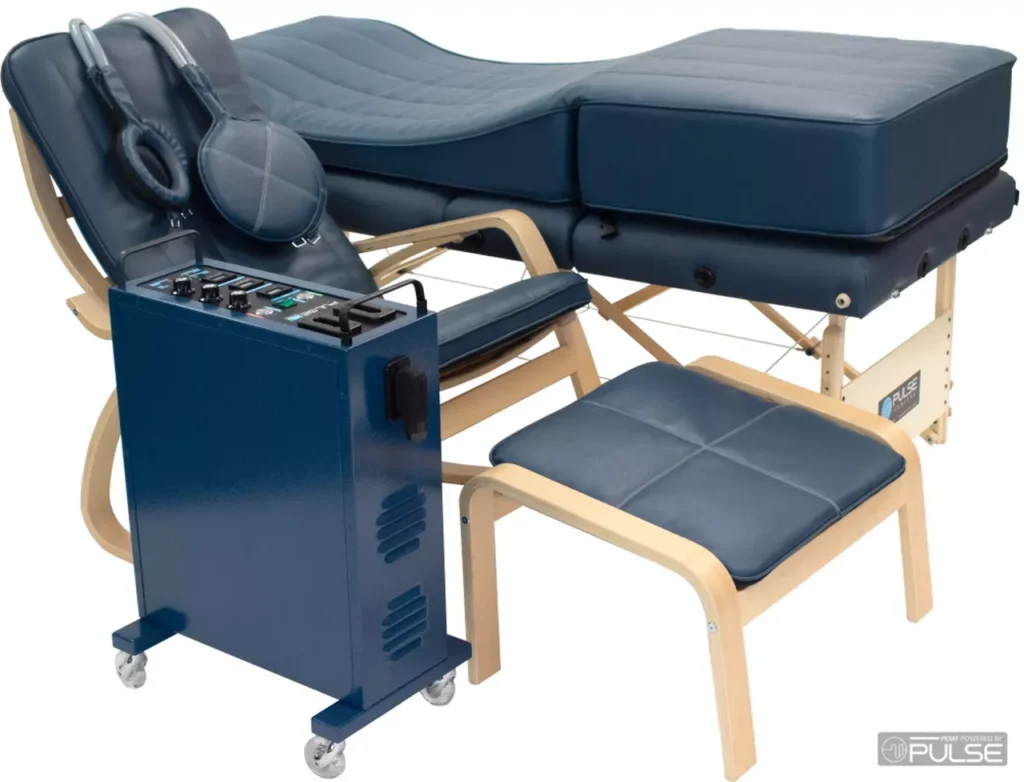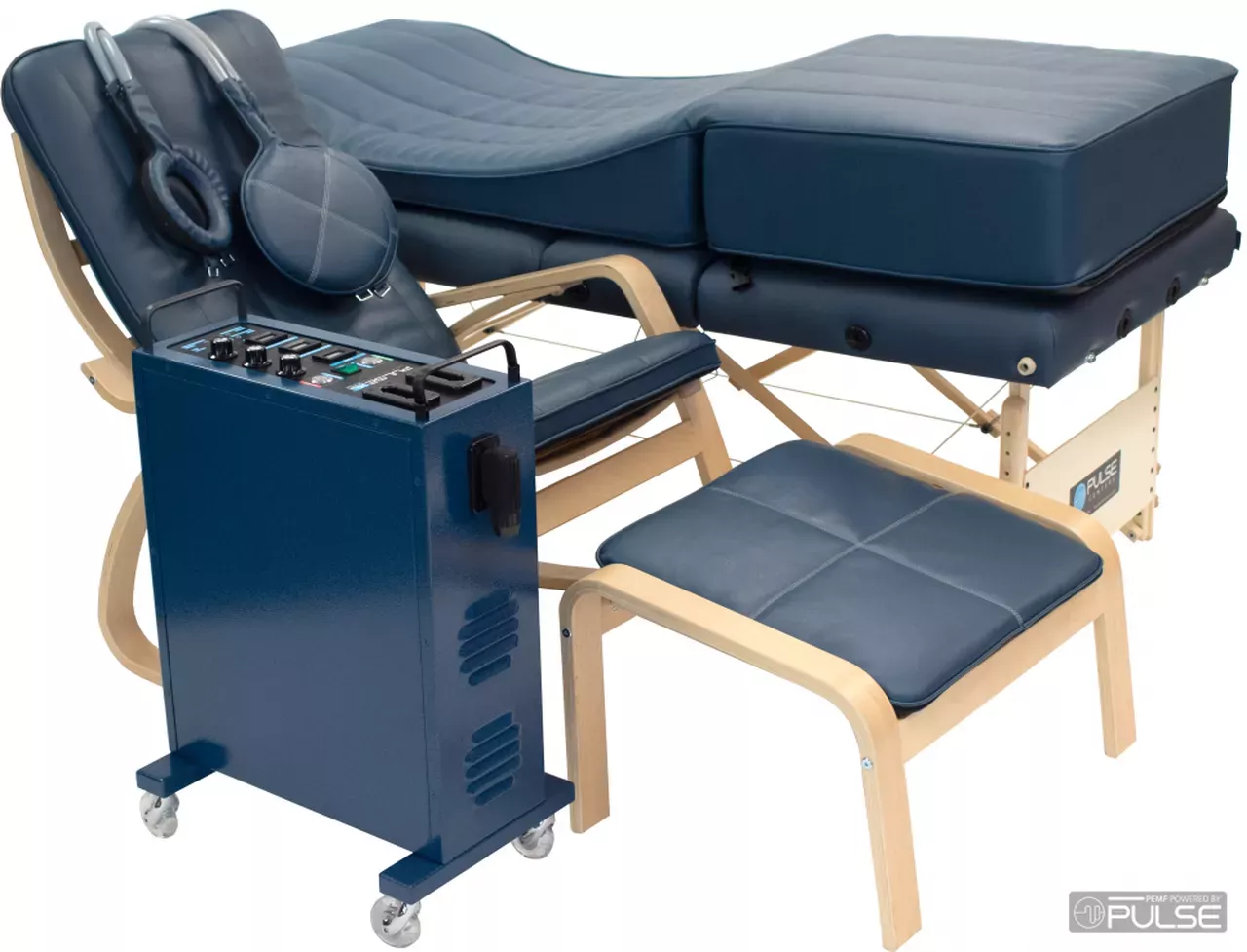
How you can keep your cells charged and exercised with PEMF?
Have you ever thought about exercising your cells?
Our heart and lungs circulate more oxygen and carbon dioxide when we exert ourselves. In a similar process, when magnetic fields come in contact with cells, they are stimulated to excrete waste and pump in nutrients and oxygen. Just like a cell phone battery, your cells store energy to do their jobs, like repair damaged tissue. The more stressed, ill or compromised the body, the more energy your cells need.
So how do we strengthen our cells and keep them adequately charged? Exposure to the earth’s magnetic field, also called grounding, eating raw unprocessed foods and drinking spring water from the source are all easy, natural options.
But sometimes good nutrition, hydration and mineral balance are not enough to heal damaged tissue, manage pain or recover from injury and illness. PEMF, or Pulsed Electro Magnetic Fields, can support healing and performance by producing flickering electromagnetic charges that strengthen cells by promoting the influx and outflow of nutrients and waste products in the cells, as well as affecting the electrical gradient of the cells. Cellular exercise increases circulation of blood, oxygen and lymph all throughout the body.
How long do the effects of cellular exercise last? Again, we can imagine a cell phone. A new phone can hold its charge for a few hours of talk time before being re-charged. An old cell phone’s battery has worn out components and can’t hold a charge quite as long. You need to charge it more frequently. Our cells are similar to batteries. With the right mineral balance, nutrition and hydration, cells hold charges longer. Individuals with health challenges, injury or poor nutritional choices may need more charging time because their cells use the new energy from cellular exercise quicker.
The length of time pain relief and range of motion lasts after a session indicates how healthy your “battery life” is.

How often can you exercise your cells? Areas of injury tend to have cells with lower overall charges. We want to recharge our body without overdoing it—building cell charges up gradually and finding levels of intensity that don’t overtax an area of tissue. Much like you wouldn’t go out and run a marathon while recovering from an injury, cellular exercise should happen slowly. Working out for the first time in a long time, your lungs might have a hard time keeping up, leaving you gasping for breath. Over the course of a week or two, you get stronger and adjust to the exercise. The same thing happens with cellular training. As your cells get stronger, they’ll hold a charge longer and speed up the process of self-repair.
Daily cellular exercise sessions are ideal, but not always feasible. 60 minute sessions at least three times a week for four months will establish a great cellular foundation. Just like you can over-exert yourself during physical exercise, you can also over-do cellular exercise. If you feel sore or fatigued after, it may be due to a detox reaction. Our bodies like to rid themselves of toxins as quickly as possible. Adequate rest and fluid intake may support this.
If your body isn’t used to an increase in circulation from exercise, you may feel lightheaded. Ensuring proper hydration, rest and nutrient intake can help manage this reaction. Combining a PEMF treatment with IV nutrient therapy is a great way to get your body metabolic systems back on track.
What is it like to receive a PEMF treatment? You basically sit on a reclining chair for an hour getting electromagnetic pulses through your body. You can also get a simultaneous IV nutrient therapy to increase the benefit.
Research on PEMF
Effects of pulsed electromagnetic field therapy on delayed-onset muscle soreness in biceps brachii
Diagnosis and Treatment of Complex Regional Pain Syndrome. Noyes’ Knee Disorders: Surgery, Rehabilitation, Clinical Outcomes
PEMF – Its Correlation to Enhanced Energy, Endurance, and Performance.
Effects of pulsed electromagnetic field therapy at different frequencies and durations on rotator cuff tendon-to-bone healing in a rat model

